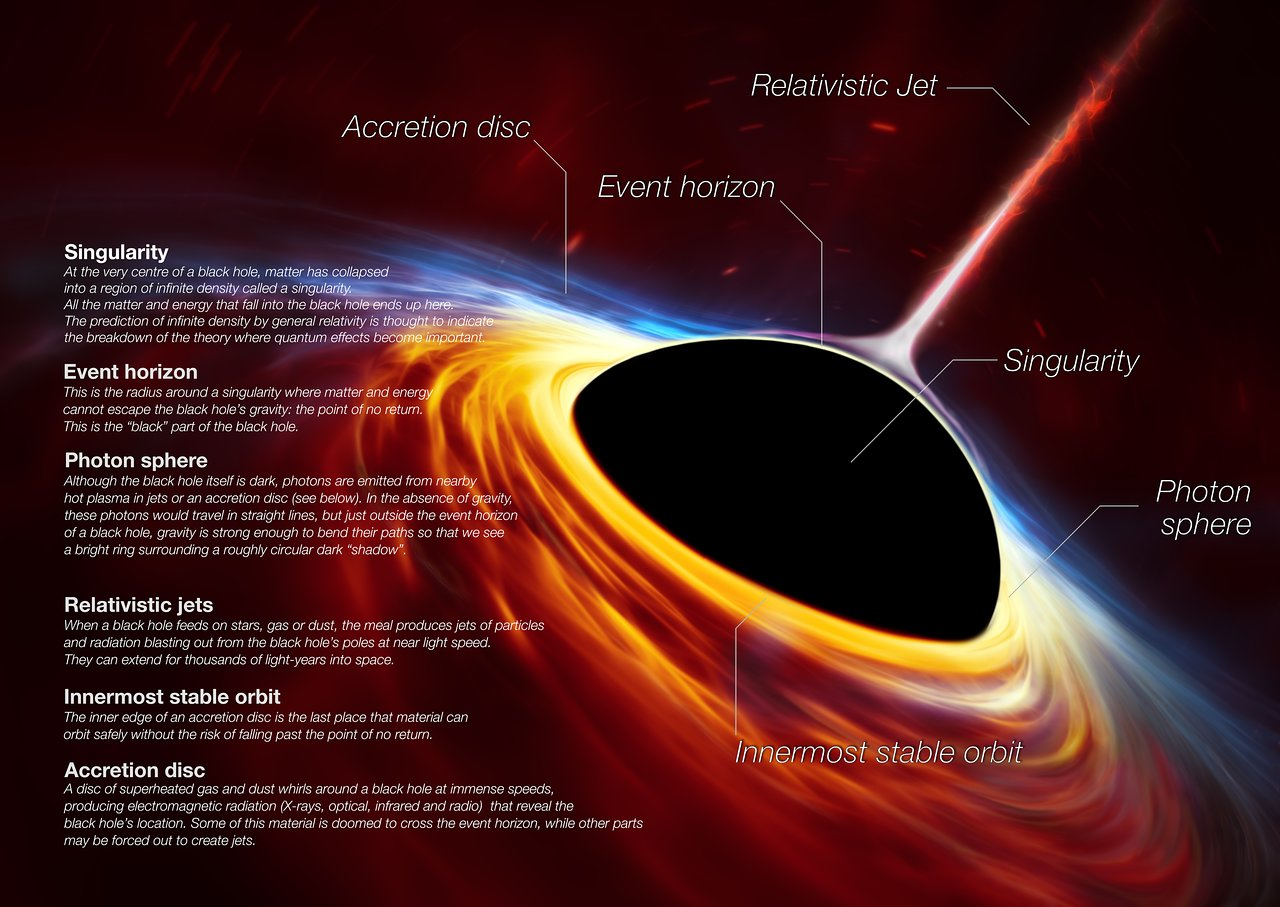At InclusiveIAS, we understand the significance of Science and Technology in the UPSC Prelims and the challenges students face in mastering this subject. To address these issues, we have launched Science Corner, a dedicated space where aspirants can access comprehensive and meticulously curated notes tailored specifically for Prelims. Our aim is to simplify complex topics, align content with the evolving exam trends, and empower aspirants with a strong foundation to tackle Science and Technology questions confidently.By bridging the gap between complexity and clarity, this initiative reflects our philosophy of making UPSC preparation inclusive, effective, and student-centric.
Gaia-BH3
- Gaia-BH3 is the most massive stellar black hole yet discovered in the Milky Way galaxy.
- Stellar black holes are formed as a result of the collapse of a single star.
- This black hole was spotted in data from the European Space Agency’s Gaia mission because it imposes an odd ‘wobbling’ motion on the companion star orbiting it.
- It has dethroned Cygnus X-1, which is 21 times as massive as the Sun, to become the most massive black hole of stellar origin in the Milky Way.
- Its mass is 33 times that of the Sun.
- Located about 2,000 light years away, it is the second closest black hole to Earth, with Gaia BH1 being the closest known black hole to our planet.
- It is located in the constellation Aquila.
What is a Black hole?
- A black hole is a region of space packed with so much matter that its own gravity prevents anything from escaping — even a ray of light.
- Types of Black Holes:
-
- Generally, Black holes are divided into three categories according to their mass:
- Stellar Mass Black Holes:
- If a star had around 20 times the Sun’s mass or more, the star’s core collapses into a stellar-mass black hole.
- These are born from the death of stars much more massive than the Sun. When some of these stars run out of the nuclear fuel that makes them shine, their cores collapse into black holes under their own gravity.
- Other stellar mass black holes form from the collision of neutron stars.
- These are probably the most common black holes in the cosmos.
- Supermassive Black Holes
- These are the monsters of the universe, living at the centers of nearly every galaxy.
- They range in mass from 100,000 to billions of times the mass of the Sun, far too massive to be born from a single star.
- Supermassive black holes can grow by feeding on smaller objects, like their stellar-mass relatives and neutron stars. They can also merge with other supermassive black holes when galaxies collide.
- Intermediate Mass Black Holes
- They weigh 100 to 10,000 times the mass of the Sun, putting them between stellar and supermassive black holes.

To know more about Black Holes-Click Here

